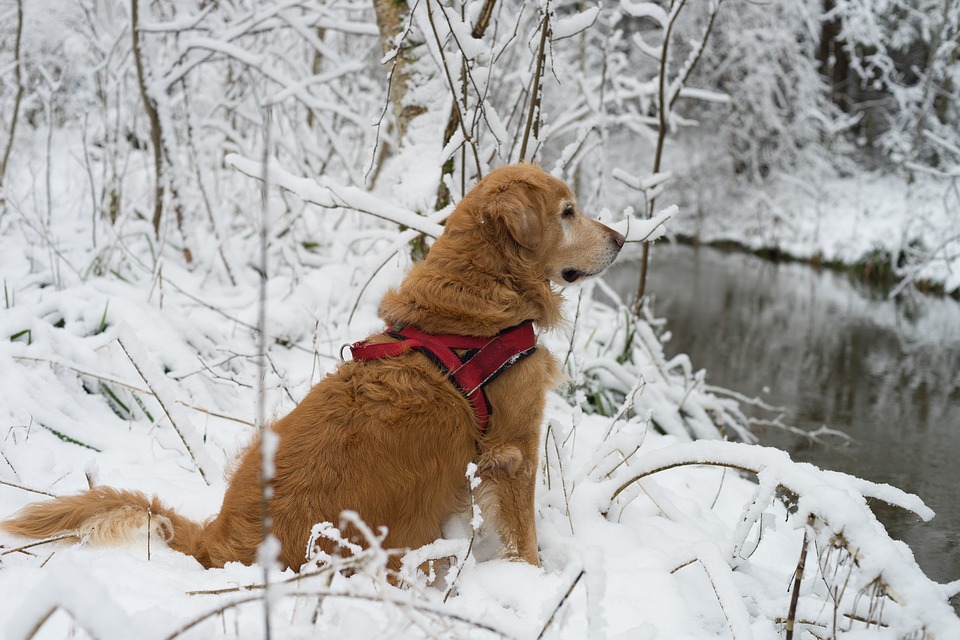
Traveling with your pet in the snow is totally possible, but requires a lot more preparation than for other places.
In addition to the necessary documentation required by the airlines and for entry into other territories, if you are planning a trip Traveling with animals to Canada, or any European country in winter requires extra care.
Although some animals are prepared to face lower temperatures, extreme cold can make them sick.
In addition, snowy places can cause more accidents, as they are slippery.
Now, if you want to know how to prepare your dog or cat to adapt to the new climate and better enjoy the trip to the snow, keep reading this article that a PETFriendly Turismo prepared for you!
Adapting to traveling with a pet in the snow
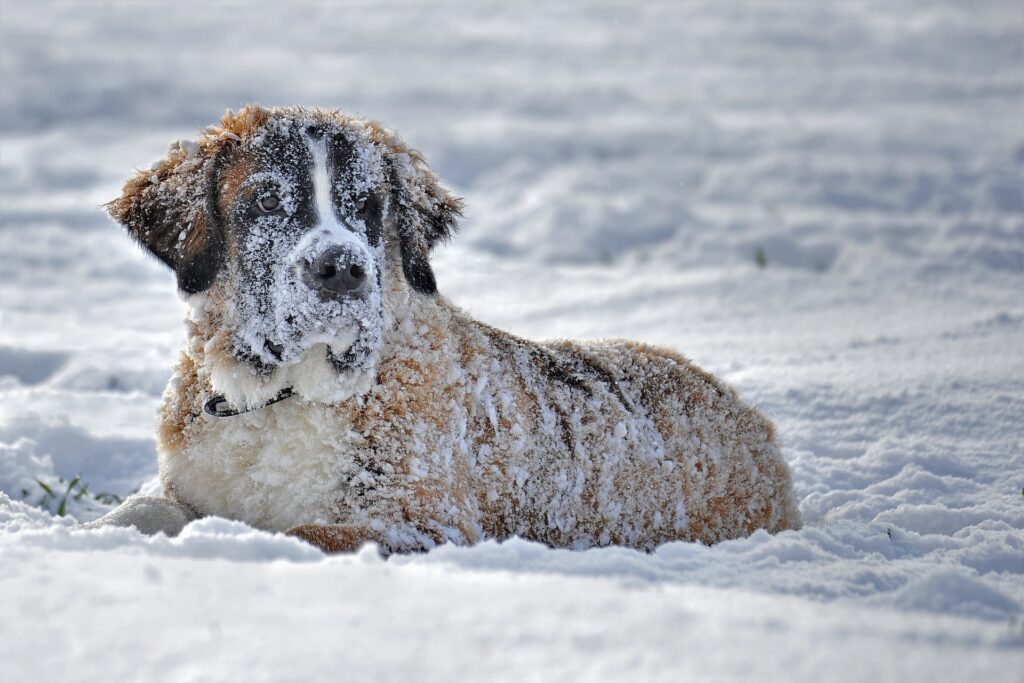
Like humans, animals also feel temperature changes, especially when they are extreme.
However, some breeds originate from cold places and, therefore, do not suffer as much to adapt to snowy places.
The Siberian husky, for example, is a Siberian dog that was historically trained to pull sleds, so they struggle in places with extremely cold temperatures.
Traveling with your pet in the snow will also not be a challenge if you have a dog of specific breeds, such as:
- Akita Inu;
- Chow Chow;
- Golden Retriever;
- Samoyed;
- Hungarian Shepherd;
- St. Bernard.
All of them have a thicker and longer coat, in addition to being from places where the cold is more intense.
On the other hand, if the dog or cat does not have these characteristics, you will need to consider some external factors to prepare in advance.
All this to ensure that your pet has a good experience during the tour and doesn’t get sick.
What should you consider before traveling with your pet to the snow?
Some attitudes and precautions should be taken before taking a trip to a cold place with your pet, especially if he has shorter hair.
Check out our tips below:
1. Paw protection
The pads, also known as “pillows”, are a part of the paws of dogs and cats that protect their joints.
These members also neutralize the impact of running and friction with different types of soils and textures.
In the cold, the pads can flake off and become dry, as well as other parts of the animal’s skin.
Therefore, in places with snow, the paws must be well protected, because in addition to avoiding accidents, they also make the animal more comfortable and warm.
Before traveling with your pet to the snow, invest in booties and protectors, which can be easily found online and in veterinary supply stores.
At the destination, be sure to apply Vaseline to your pet’s cushions. The product moisturizes the area well.
It is also important to avoid cuts and cracks caused by the cold. All care is little!
2. Adapt the dog to the temperature
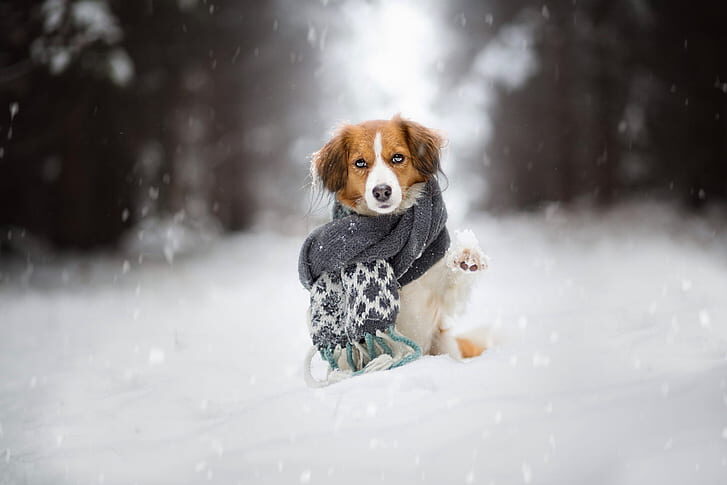
To ensure your pet’s well-being during the trip, invest in accessories suitable for the cold, such as clothes, blankets and paw protectors.
If your dog or cat is not used to being dressed up, you can train him little by little before the trip.
Do not overdo it, however. According to some veterinarians, too much clothing can cause accidents or make the animal warmer than necessary.
In the destination, increase the interval between baths, this prevents infections and other skin diseases.
If very necessary, they need to be made with warm or hot water.
Do not shear the animal before the trip, the more hair the pet has, the more it will be protected from low temperatures.
When traveling with your pet in the snow also invest in a comfortable bed, as your dog or cat will also need a warm corner when sleeping and resting.
3. Walking the dog in the snow on sunny days
Take care of your pets even on a sunny day.
Snow reflects about 80% of incoming UV rays, which can cause inflammation, burns, cataracts and even blindness in humans and also in dogs and cats.
In this way, avoiding going out for a walk with your animal on these days is essential to protect their eyes.
If necessary, leave the tour for the end of the day or on cloudy and sunny days.
4. Be together throughout the tour
Don’t let the dog or cat play alone in the snow. They can slip and have difficulty standing on their own.
Another danger is the regions with frozen rivers or lakes, where your pet can end up falling and, consequently, drowning or suffering from hypothermia.
Ski or sledding areas also pose risks to pets, who can have accidents and be injured.
So when traveling with your pet in the snow it’s important not to let them go away from you alone.
Also, pay close attention to him when going outside and outdoors, as he may get cold or freeze.
Don’t let your pet go away from you alone and always pay attention to it when going out and about.
5. Introduce the dog to the new environment little by little
Your dog needs to adapt first to the cold climate and then to the snow, especially when he lives in a Brazilian region that is warmer.
That way, save the tours for the second or third day of travel. During this period, only leave the time necessary for them to do their needs.
Start taking him outside for a short time until he gets used to the place and only then start increasing the time he spends outdoors.
How to identify if the dog is very cold?
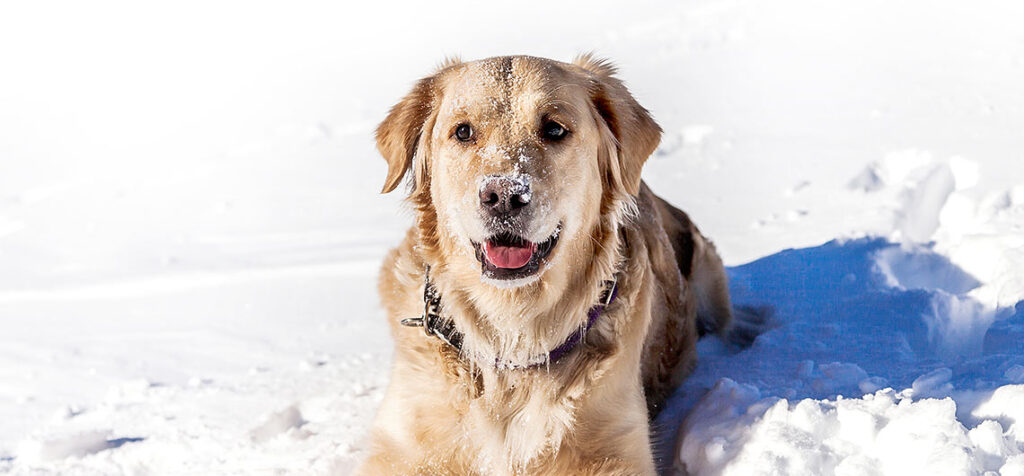
The first step in identifying if your puppy is feeling cold is to pay attention to its behavior.
Usually, they begin to shiver and shake to increase their internal body temperature.
Another sign that the pet can give is to sleep more than normal, to be physically tired or to lie down curled up, as if it were a ball.
In fact, some can still get restless and walk around non-stop, as they usually do this to keep warm.
Depending on the animal, they may still cry, grumble and bark to get their owner’s attention.
Hiding in or under furniture is also a sign that your cat or dog is feeling too cold.
Now, if your pet has spots or ice crystals on the extremities such as ears, tail and paws, dip the limb in warm water and seek veterinary assistance immediately as they are freezing.
Spots indicate frostbite and cause poor blood circulation.
When traveling with your pet in the snow, don’t forget to warm it up afterwards
Even if your dog or cat hasn’t shown any signs of being cold during walks in the snow, it’s essential to remove the ice from their body.
You can do this using a towel dampened with hot water. Then, warm it well with a thick blanket, such as wool ones.
These attitudes are essential to maintain the pet’s body temperature and avoid hypothermia.
Prolonged exposure to cold can cause a significant drop in body temperature, decreasing heart rate and respiratory rate.
If your pet shows any of these symptoms or weakness, it is important to wrap him in a blanket and seek veterinary assistance immediately.
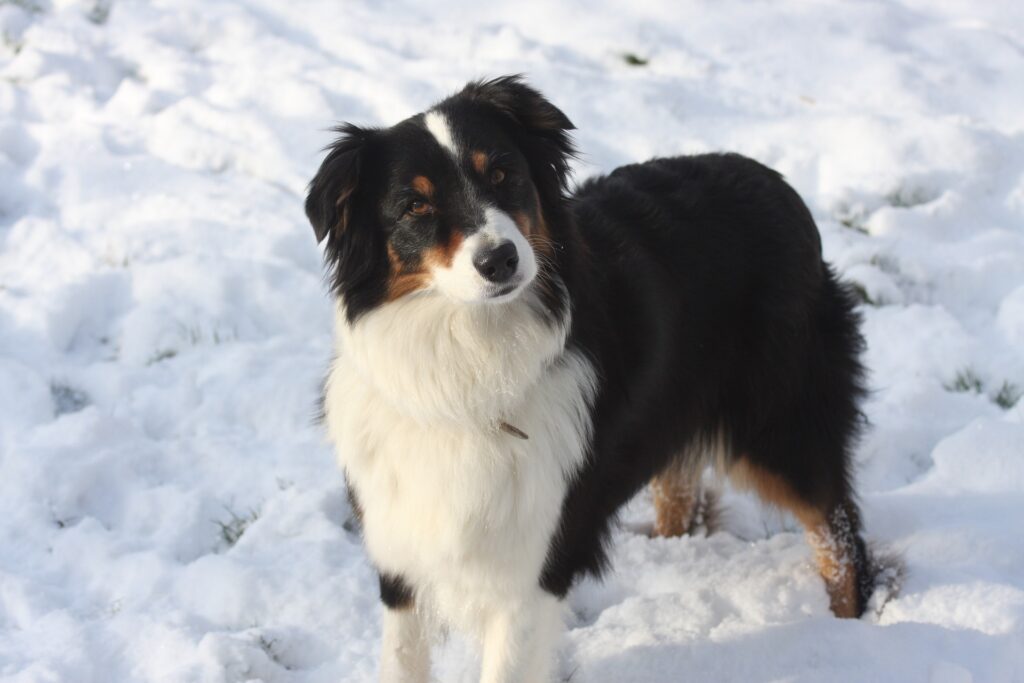
Another care that tutors should take is related to food. In the cold, dogs and cats expend more energy to maintain their body temperature and thus need to eat more.
That way, check regularly to see if there’s food in their container.
It’s also important to look at the water pot, which can freeze at lower temperatures.
Use plastic bowls, as aluminum bowls can freeze animals’ tongues.
Is it worth traveling with Pet to the snow?
Taking your pet to a cold and snowy place can be an unforgettable experience for both of you, as long as all precautions are taken to prevent it from getting cold.
Even animals of breeds originating in places like Russia or Switzerland, such as huskys or St. Bernards, need to be warmed up and should avoid going out in the snow on the first day of travel.
Traveling with your Pet in the snow requires care and extra attention, after all, no one wants an accident to happen or their pet to get sick, even more so in another country.
Therefore, in addition to the necessary documentation to travel with the dog or airplane cat, also contact clinics and veterinarians at the destination.
Now, if you want to ask questions about how to take your pet to the UK or need to hire a carrier, get in touch with one of the professionals at PETFriendly Tourism.

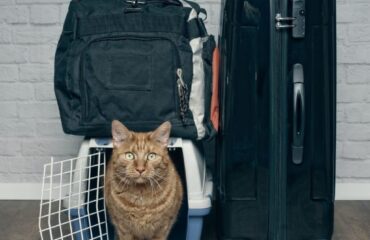
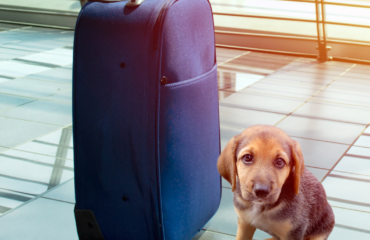


You must be logged in to post a comment.